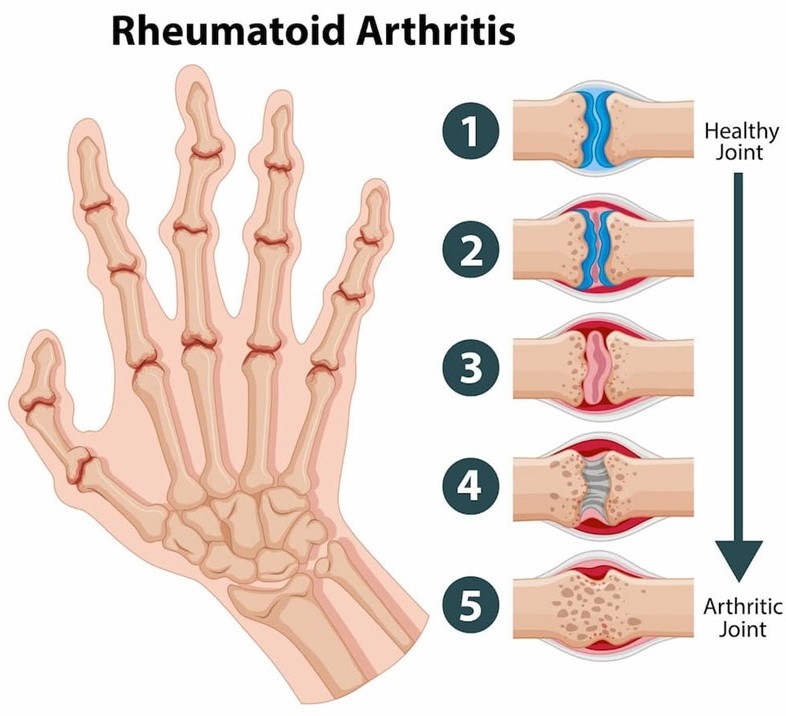DEFINITION
The term ‘inflammatory bowel disease (IBD)’ includes 2 idiopathic bowel diseases:
i) Crohn’s disease (regional enteritis)
ii) ulcerative colitis
CROHN’S DISEASE
Crohn’s disease or Regional enteritis is an idiopathic chronic ulcerative IBD, characterised by transmural, non-caseating granulomatous inflammation, affecting most commonly the segment of terminal ileum and/or colon, though any part of the gastrointestinal tract may be involved.
MORPHOLOGIC FEATURES
- Crohn’s disease may involve any portion of the gastrointestinal tract but affects most commonly 15-25 cm of the terminal ileum which may sometimes involve the caecum and the ascending colon.
- Multiple, well-demarcated bowel involvement with intervening uninvolved ‘skip areas.
- The wall of the affected bowel segment is thick and hard. Serosa may have minute granulomas.
- The lumen of the affected segment is narrowed.
- The mucosa shows transmural ulcers, while intervening surviving mucosa is swollen giving ‘cobblestone appearance’.


SYMPTOMS
- Pain in right lower quadrant associated with infection in ilium.
- Diarrhoea and blood in stool.
- Malabsorption-Impaired absorption of fat, vitamin B12, proteins and electrolytes from the diseased small bowel.
ULCERATIVE COLITIS
Ulcerative colitis is an idiopathic form of acute and chronic ulcero-inflammatory colitis affecting chiefly the mucosa and submucosa of the rectum and descending colon, though sometimes it may involve the entire length of the large bowel.
Continuous involvement of the rectum and colon without any uninvolved skip areas.
- Mucosa shows linear and circumferential ulcers, usually not penetrating the muscular layer. The intervening intact mucosa may form inflammatory ‘pseudopolyps.’
- The muscle layer is thickened due to contraction and there is loss of normal haustral folds.
- Ulcerative colitis include periods of remission and exacerbations, is characterised by alternating ‘active disease process’ and ‘resolving colitis.’
SYMPTOMS
- Pain in left lower quadrant.
- Diarrhoea and blood in stool.
- Carcinoma develops in long-standing cases of ulcerative colitis of more than 10 years.

REFERENCE
Harsh Mohan; Text book of Pathology; 6 th edition; India; Jaypee Publications; 2010







